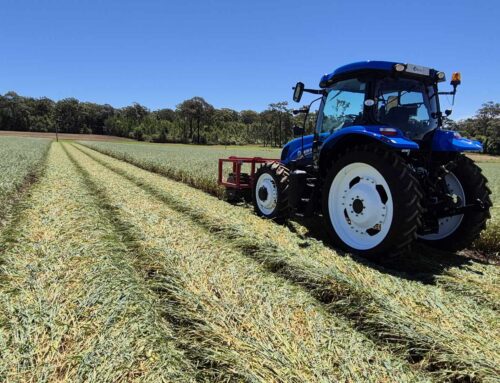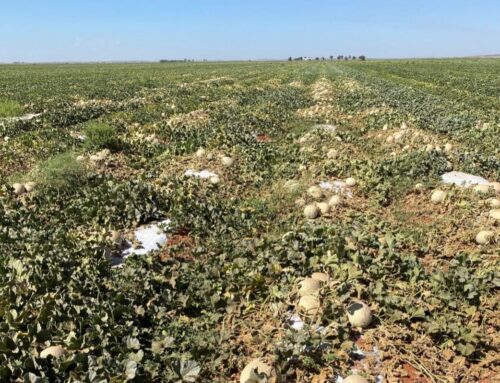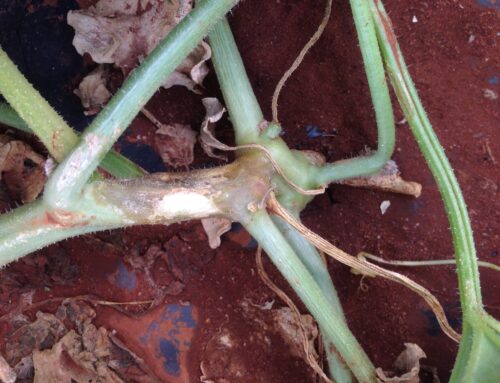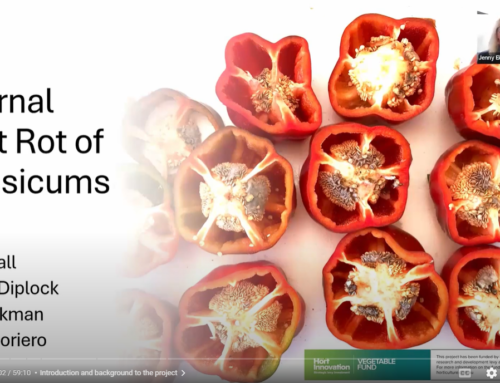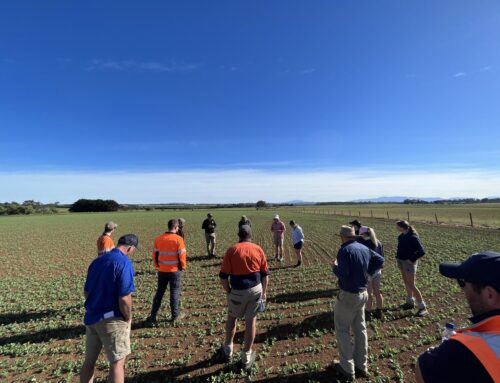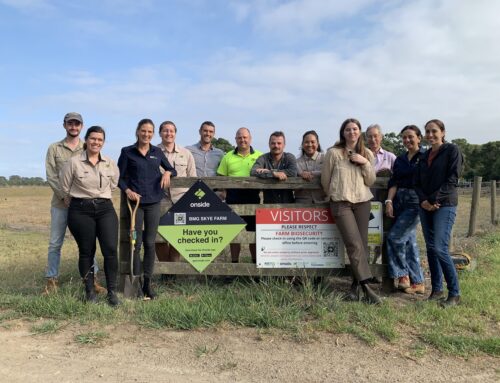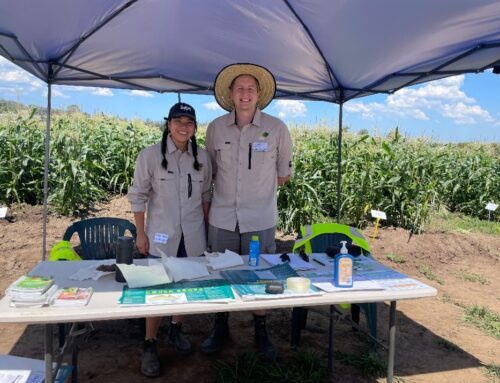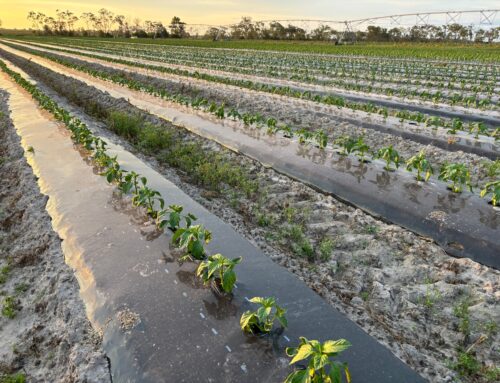Potato cultivars can have quite different water requirements, and knowing how to best manage water for a particular variety can have large yield benefits for growers.
This case study by the Soil Wealth ICP team used the IrriSAT™ and Wildeye™ tools to monitor crop water use of two different potato chipping varieties, Crop 77 and Snowden, at Cowra NSW. Snowden is a shallow rooted variety and Crop 77 has a larger root system and is able to exploit larger soil volumes.
Both varieties were planted on 25 September 2020 and irrigated by a combination of rain and centre pivots. IrriSAT was used to estimate the daily crop water needs and Wildeyes were used to measure the soil moisture at 20 cm and 50 cm soil depths throughout the crop.
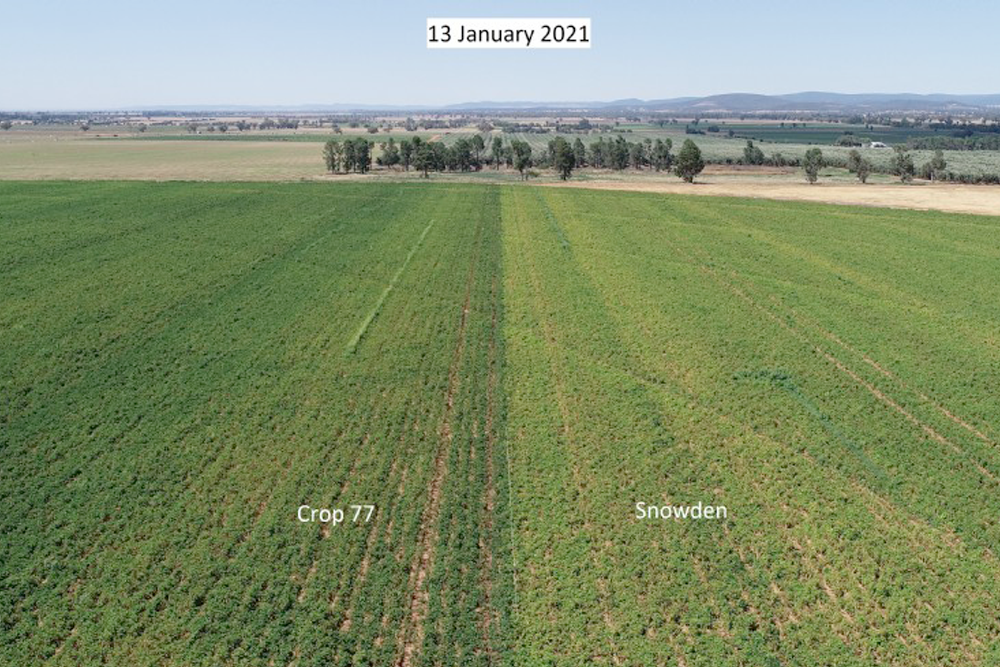
Figure 1: Field with two chipping potato varieties, Crop 77 and Snowden, in Cowra NSW on 13 January 2021
So, what did we find?
Soil moisture, crop growth and water use
Crop 77 uses moisture and feeds from significantly deeper soil depths than Snowden. The soil moisture for the Crop 77 variety averaged 65% through January 2021 compared with 75% for the Snowden variety. Both crops received the same amount of water, so this means that Crop 77 was able to access more water than Snowden, and to continue a high tuber bulking growth rate (Figure 2) as the Snowden began to senesce as shown in Figure 1.
Crop 77 is an indeterminate variety with a big, deep root system which used more water from the deeper soil profile compared to the more determinate, shallow rooted Snowden.
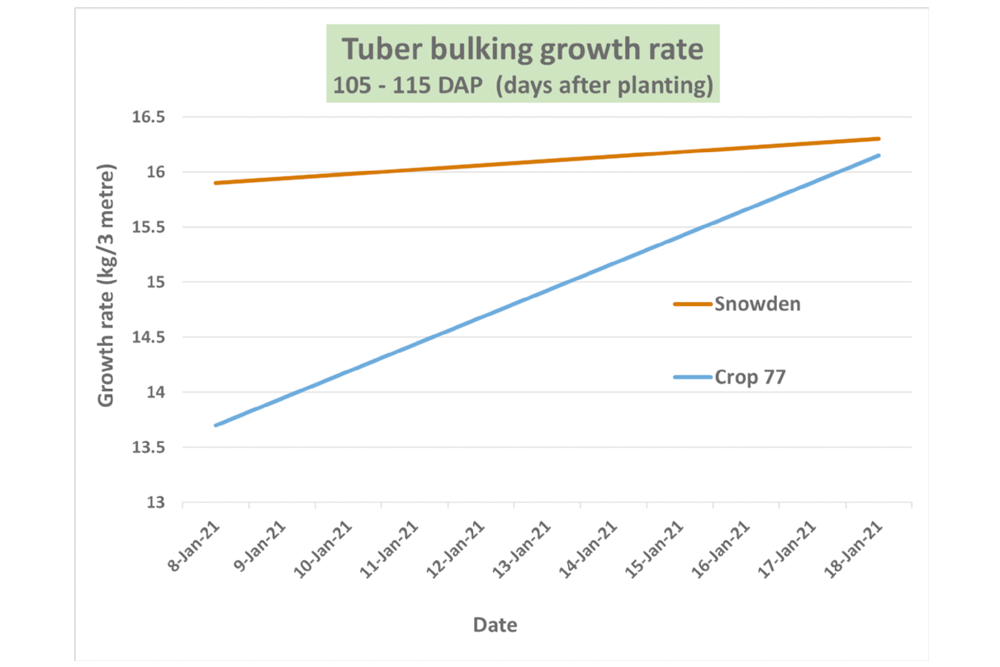
Figure 2: Tuber bulking growth rate: small test digs 10 days apart indicated Crop 77 tubers bulking rapidly as Snowden tubers slowed right down.
IrriSAT satellite monitoring showed significant biomass and ground cover differences between the two varieties from mid to late January 2021. Figure 3 clearly shows more plant growth and ground cover in Crop 77 compared to Snowden on 13 and 20 January – darker blue means more ground cover and green means less cover.
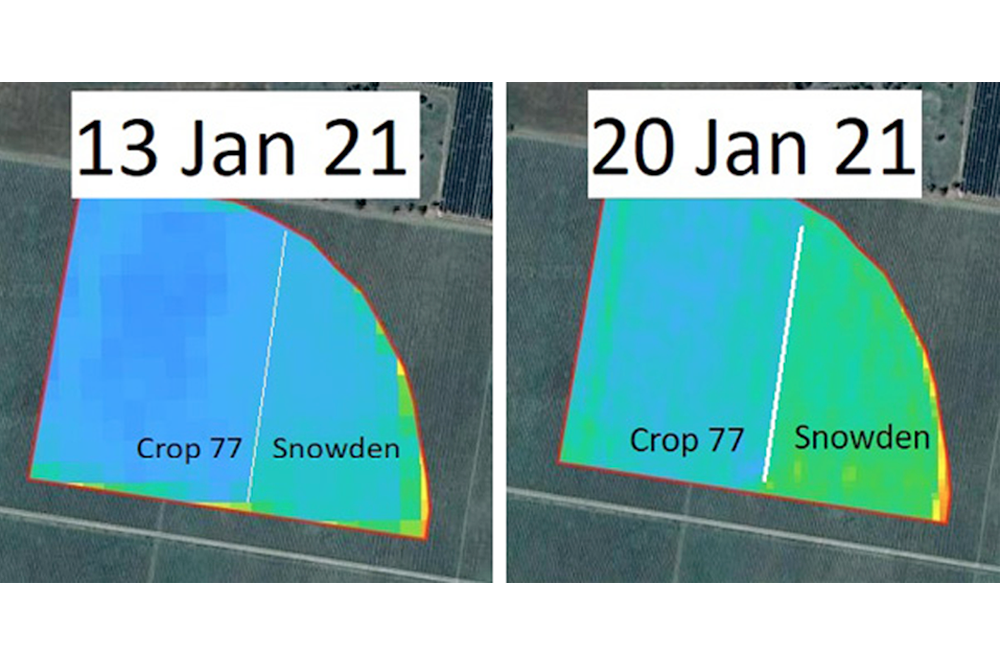
Figure 3: IrriSAT image of a potato field showing crop factors produced from satellite data on 13 January 2021 (left) and 20 January 2021 (right)
Harvest is scheduled for mid to late February 2021, so stay tuned for the full case study and further impacts on yield and quality.
Soil moisture, crop growth and water use
This case study shows the importance of measuring crop water use and soil moisture and matching irrigation practice to the water needs of particular potato varieties and soil type. It’s not a one size fits all!
More information
For more on how IrriSAT and Wildeye can help you see your potato crops above and below ground, read our case studies on Irrigation monitoring in potatoes Part 1: Practical use of IrriSAT and soil moisture sensors and Irrigation monitoring in potatoes Part 2: Practical use of satellite information or search ‘potato irrigation’ on the Soil Wealth ICP website.

